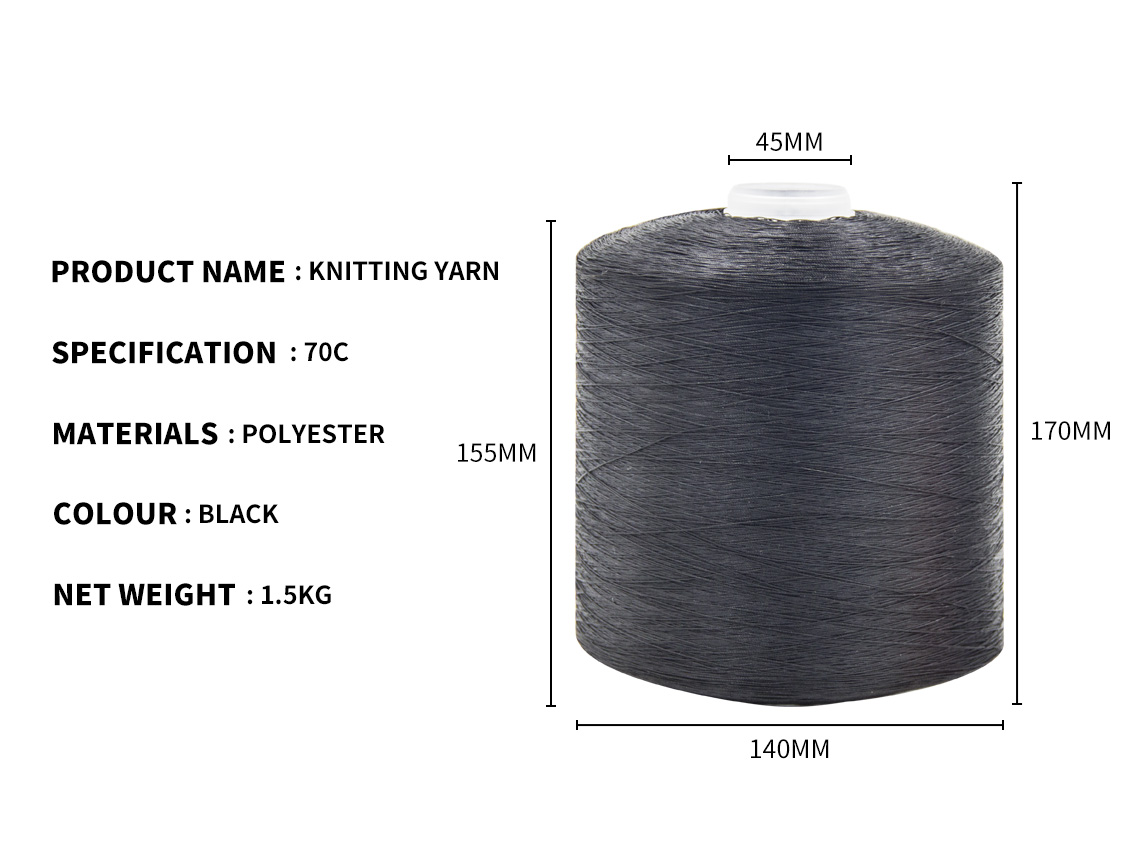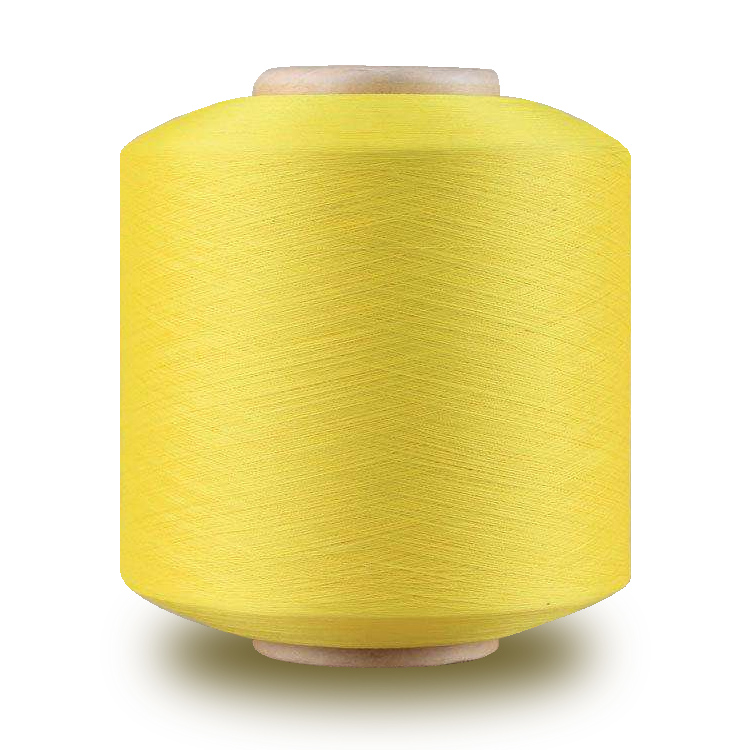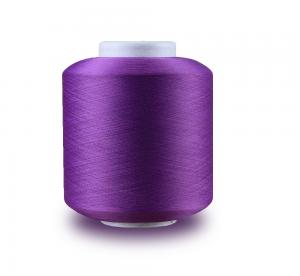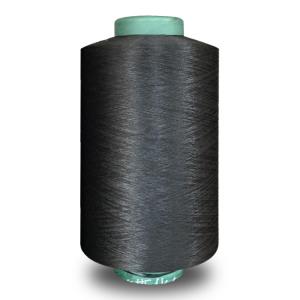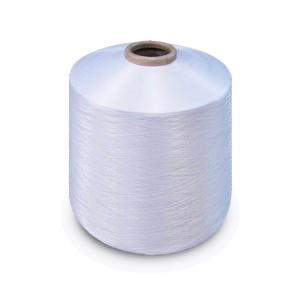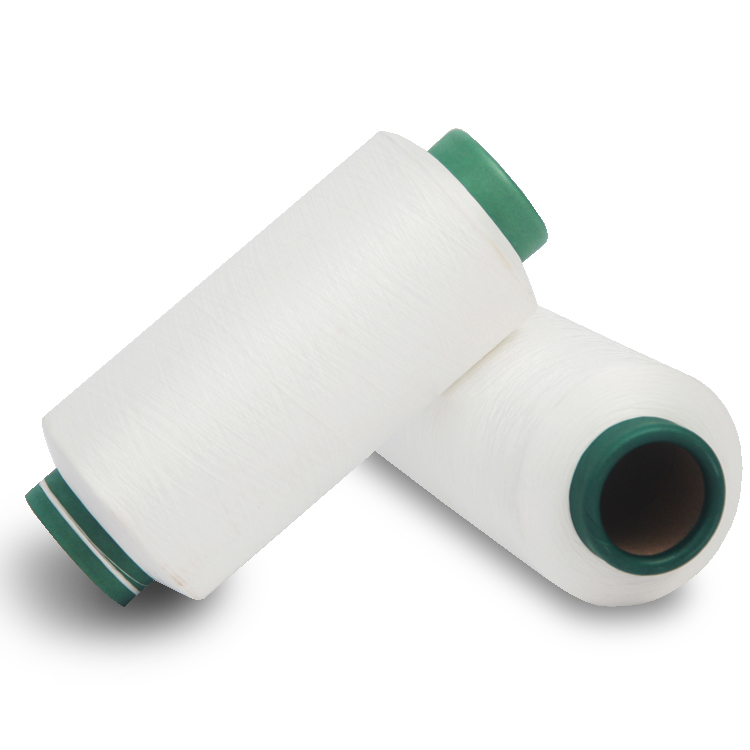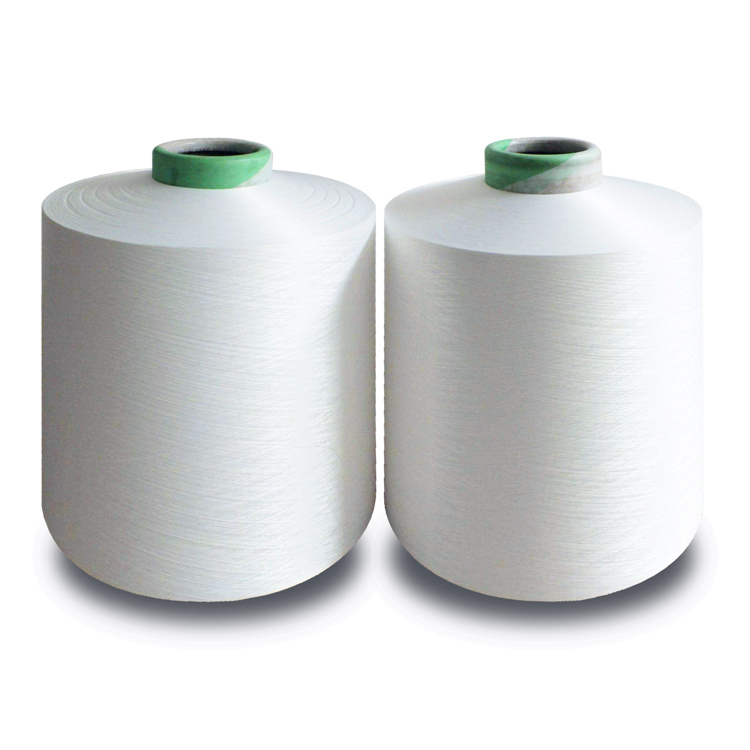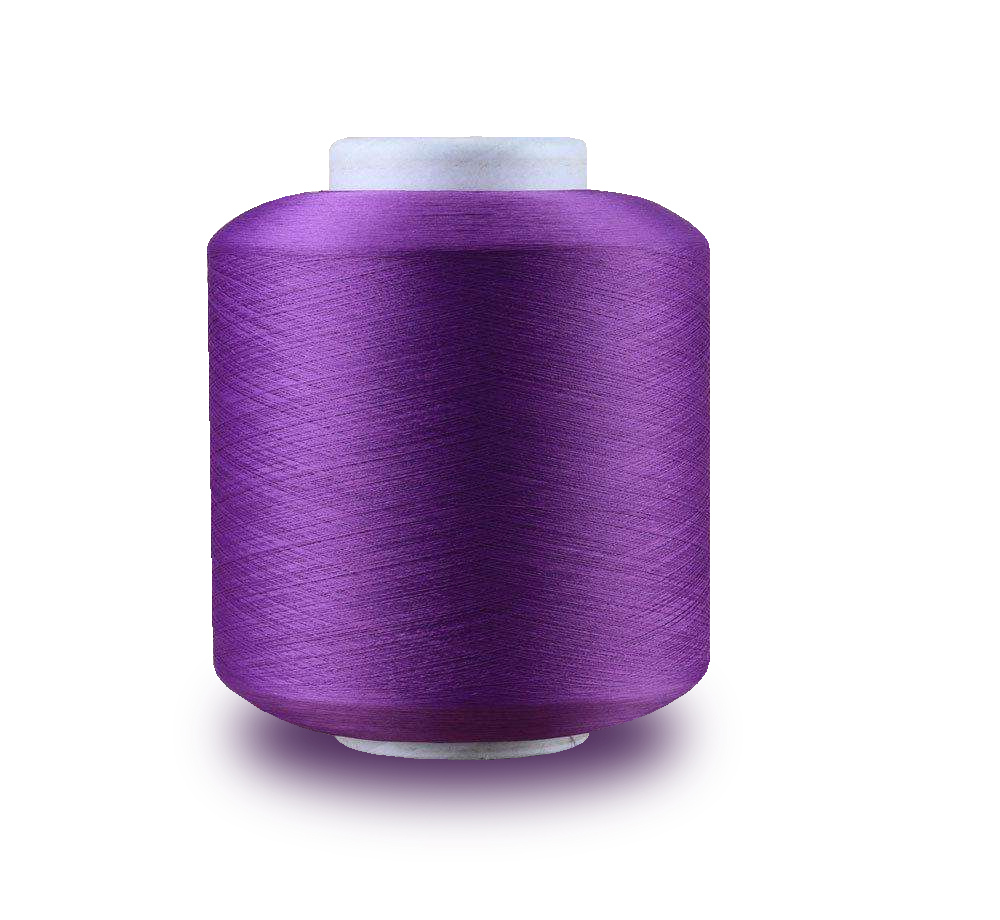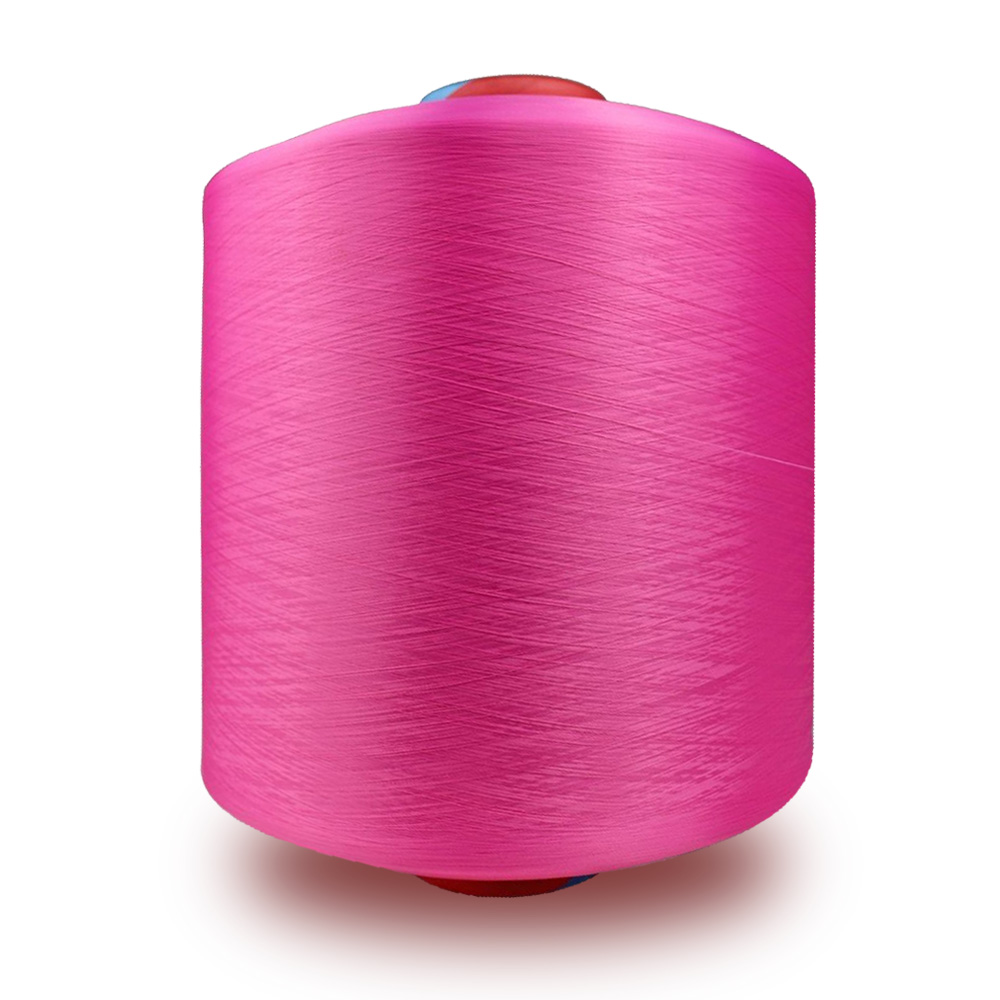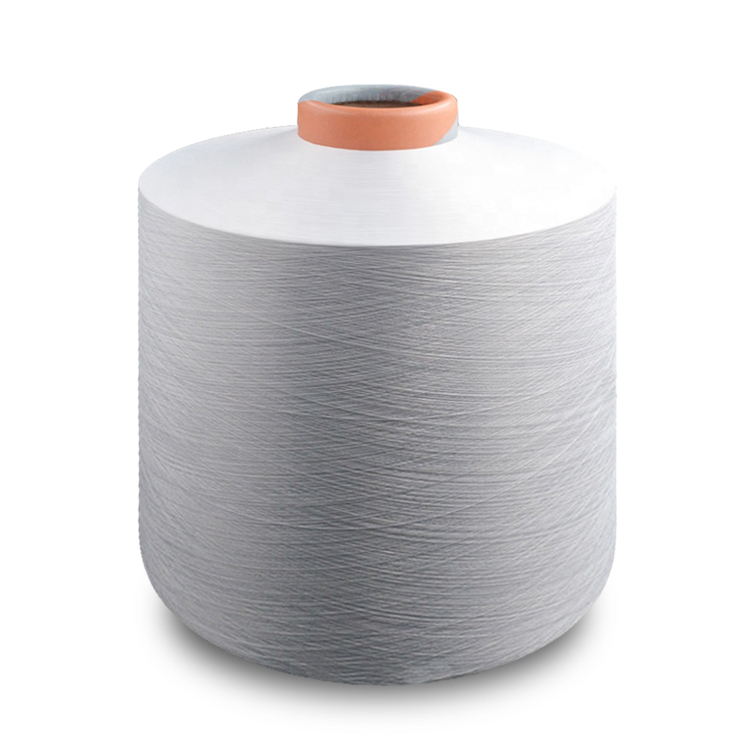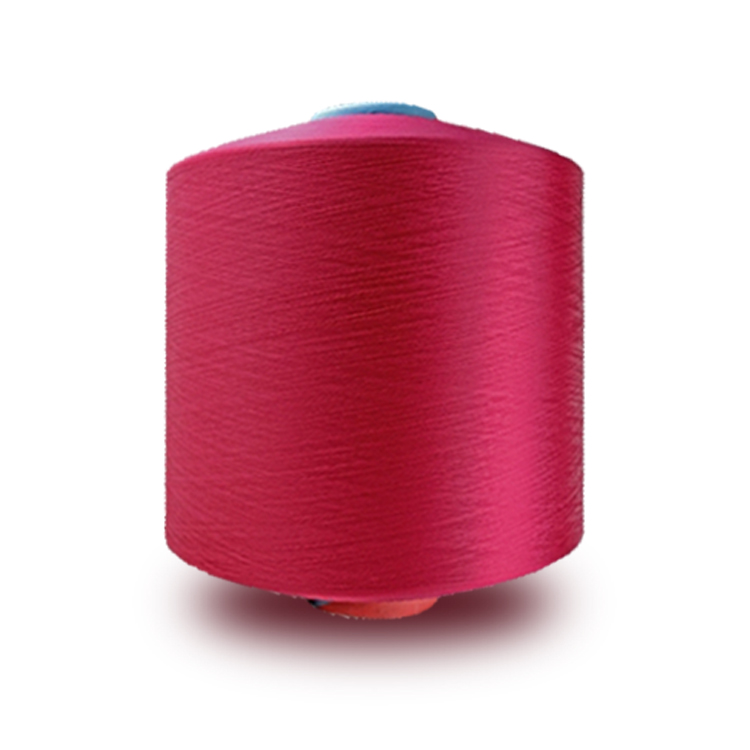Share to:
Related Products
A grade elastane colors 100% polyester knitting yarn
LQ-0508
Price: From $0.68
Delivery time: 9-20 days after payment
MOQ: 500 KG
Knitting requires higher evenness and softness of yarn.
In the process of forming knitted fabric on the knitting machine with certain strength and extensibility and twist (yarn twist is relatively low), the yarn is subject to complex mechanical effects, such as stretching, bending, twisting, friction, etc. In order to ensure the normal production and product quality, knitting yarn shall meet the following requirements:
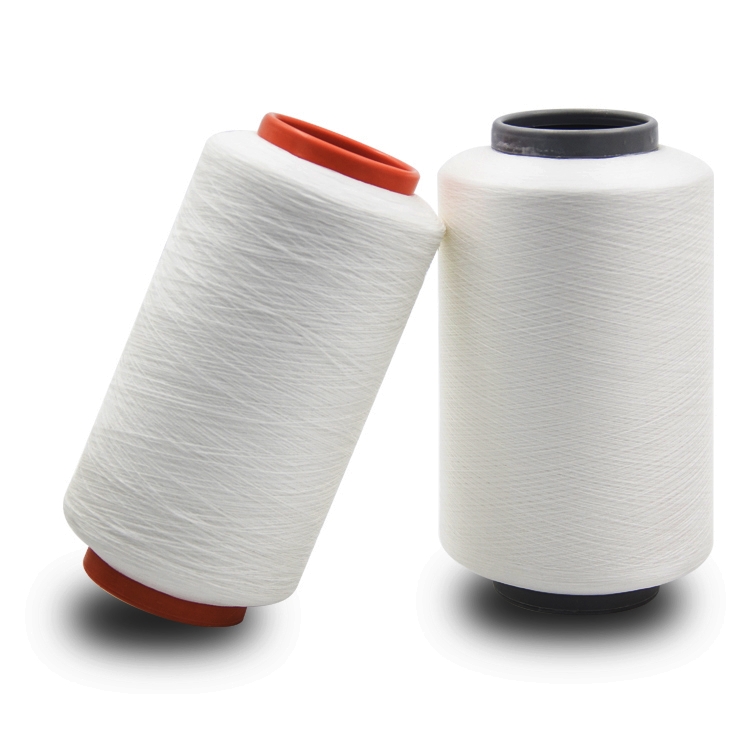
1. The yarn shall have certain strength and extensibility.
Yarn strength is an important quality index of knitting yarn. Because the yarn undergoes certain tension and repeated load in the process of preparation and weaving, the knitting yarn must have certain strength. In addition, in the process of knitting into a circle, the yarn is also subject to bending and torsion deformation, so it is also required that the knitting yarn has certain extensibility, so as to facilitate the knitting into a circle and reduce yarn breakage.
2. The yarn should have good softness
The softness of knitted yarn is higher than that of woven yarn. Because the soft yarn is easy to bend and twist, the loop structure in the knitted fabric is uniform, the appearance is clear and beautiful, and the broken ends of the yarn and the damage to the looped parts in the weaving process are also reduced.
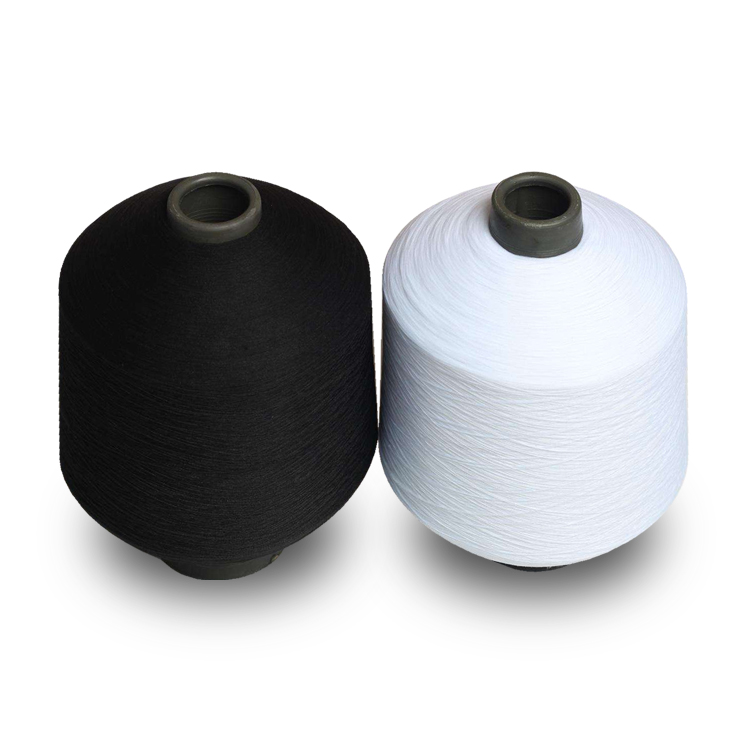
3. The thread should have a certain twist
Generally speaking, the twist of knitting yarn is lower than that of weaving yarn. If the twist is too large, the softness of the yarn will be poor. When weaving, it is not easy to be bent and twisted, and it is also easy to produce kinks, which will cause fabric defects and damage the knitting needles. In addition, the yarn with too large twist will affect the elasticity of the knitted fabric and skew the coils. However, the twist of knitting yarn should not be too low, otherwise it will affect its strength, increase the broken ends during weaving, and the yarn will be bulky, which will make the fabric easy to pilling, and reduce the wearing performance of the knitted fabric. Therefore, the right choice of twist is an important way to choose yarn reasonably. The twist requirements of knitted fabrics vary with different purposes.
It is required to be smooth, compact, smooth on the surface and clear in the grain. The twist of the yarn should be larger, which can be close to the warp standard for weaving with the same density. The twist of the outer yarn should be larger to enhance the straightness and improve the pilling. Cotton wool cloth and elastic cloth should be soft and elastic, and the twist of yarn should be slightly lower. Generally, the lower twist deviation of weft yarn for weaving with the same yarn density is used. Yarn used for pile knitted fabric, in order to facilitate the pulling down, and make the pile thickness uniform, twist requirements smaller.
In addition, the twist varies with the yarn density.
4. The linear density of the yarn shall be uniform and the yarn defects shall be few.
Evenness of yarn linear density, that is, evenness of yarn line drying, is an important quality index of knitting yarn. The yarn with even evenness is good for knitting and ensuring the quality of fabric, making the coil structure even and the fabric surface clear. If there are rough knots on the yarn, the weaving will not pass smoothly, resulting in yarn breakage or damage to the machine parts, and it is easy to form "stripes" and "cloud spots" on the cloth surface, reducing the quality of the knitted fabric; if there are details on the yarn, the strength is insufficient here, and it is easy to break the ends, affecting the quality of the fabric and reducing the productivity of the machine. Because the knitting machine has a multi-channel loop forming system, so it is not only required that the thickness of each route of yarn is uniform, but also the thickness difference between each route of yarn should be strictly controlled, otherwise the defects such as horizontal stripes and shadows will be formed on the fabric surface, reducing the fabric quality.
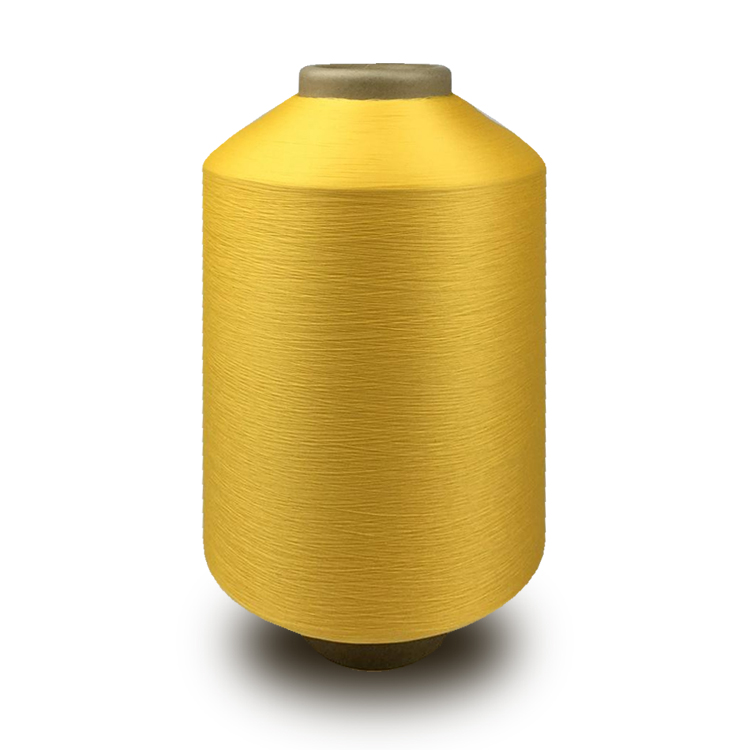
5. The yarn should have good moisture absorption
The ability of yarn to absorb moisture in the air is called hygroscopicity. The moisture absorption capacity of various fibers is very different, and the amount of moisture absorption varies with the temperature and humidity of air. The yarn used in knitting production should have certain moisture absorption. Under the same relative humidity, the yarn with good hygroscopicity has not only good electrical conductivity, but also good stability of yarn twist and extension, so that the yarn has good weaving performance.
6. The yarn should have good finish and small friction coefficient.
Knitting yarn should be free of impurities and oil stains as far as possible, and should be very smooth. The unsmooth yarn is easy to damage the machine parts due to its severe friction, and there are many flying flowers in the workshop, which not only affects the health of the workers, but also affects the productivity of the knitting machine and the quality of the fabric.
